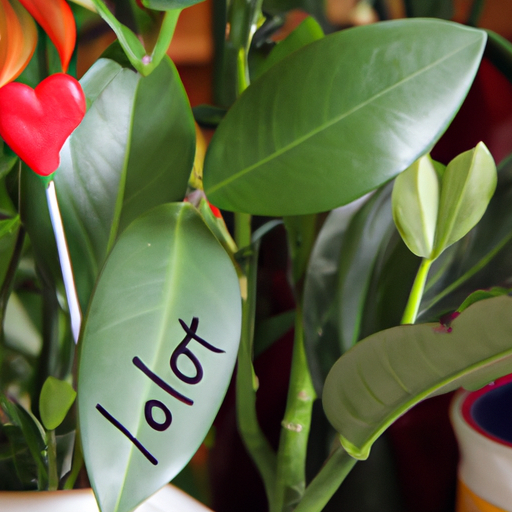Is Anthurium Toxic? Unveiling the Truth Behind this Popular Houseplant
When it comes to choosing houseplants, it’s essential to consider the safety of your household, especially if you have children or pets. One popular houseplant that often raises concerns is the Anthurium. In this article, we will delve into the truth behind whether Anthurium is toxic or not.
Before we unveil the truth, let’s understand a bit about Anthurium. Anthurium, also known as the flamingo flower, is a tropical plant native to South America. With its vibrant red, pink, or white flowers and glossy green leaves, it has become a favorite among plant enthusiasts worldwide.
Now, let’s address the burning question: Is Anthurium toxic? The answer is yes, but with a caveat. Anthurium contains calcium oxalate crystals, which can cause mild to moderate irritation if ingested or if the sap comes into contact with the skin or eyes. These crystals are also present in other common houseplants like philodendron and dieffenbachia.
It’s important to note that while Anthurium is considered toxic, the severity of its effects varies depending on the amount ingested and the individual’s sensitivity. In most cases, exposure to Anthurium may cause symptoms such as mouth and throat irritation, drooling, vomiting, and skin rashes.
However, it’s crucial not to panic if you have Anthurium plants at home. With proper precautions, you can still enjoy the beauty of this houseplant without putting your loved ones at risk. Here are some tips to ensure safety:
1. Keep Anthurium out of reach
If you have curious pets or young children, it’s best to place your Anthurium plant in a location where they cannot access it. Consider hanging it from the ceiling or placing it on high shelves to prevent accidental ingestion or contact.
2. Wear gloves when handling
When pruning or repotting your Anthurium, it’s advisable to wear gloves to protect your skin from potential irritation caused by the sap. This simple precaution can go a long way in ensuring your safety.
3. Educate your household members
Make sure everyone in your household, including children, understands the potential risks associated with Anthurium. Teach them not to touch or ingest any part of the plant and to wash their hands thoroughly if they come into contact with it.
4. Consult a healthcare professional if necessary
If someone accidentally ingests Anthurium or experiences severe symptoms after contact, it’s crucial to seek medical advice immediately. A healthcare professional can provide appropriate guidance and treatment.
In conclusion, Anthurium is indeed toxic due to the presence of calcium oxalate crystals. However, by taking necessary precautions and being aware of the potential risks, you can safely enjoy the beauty of this popular houseplant. Remember, it’s always better to be cautious when it comes to the well-being of your loved ones.




